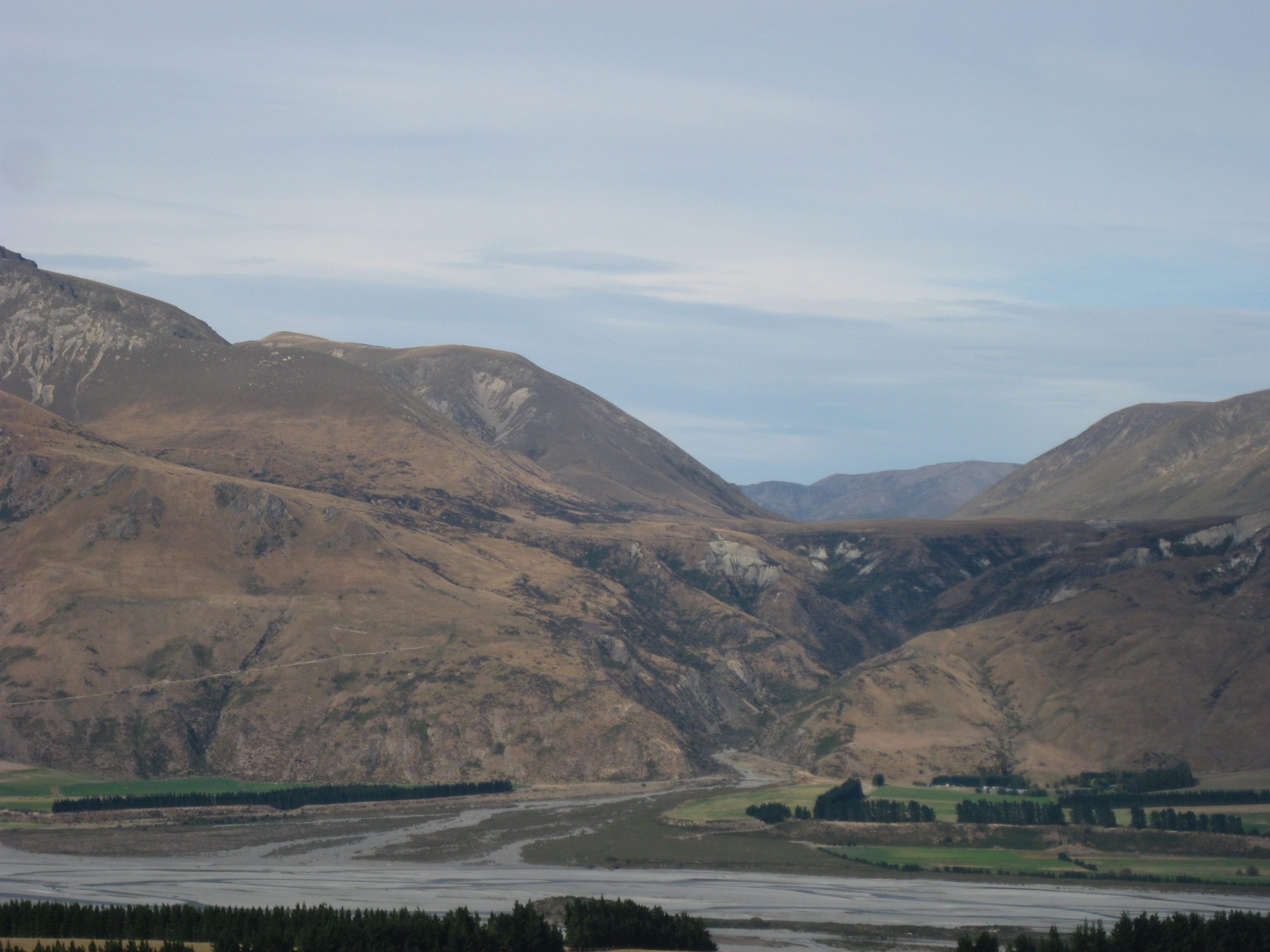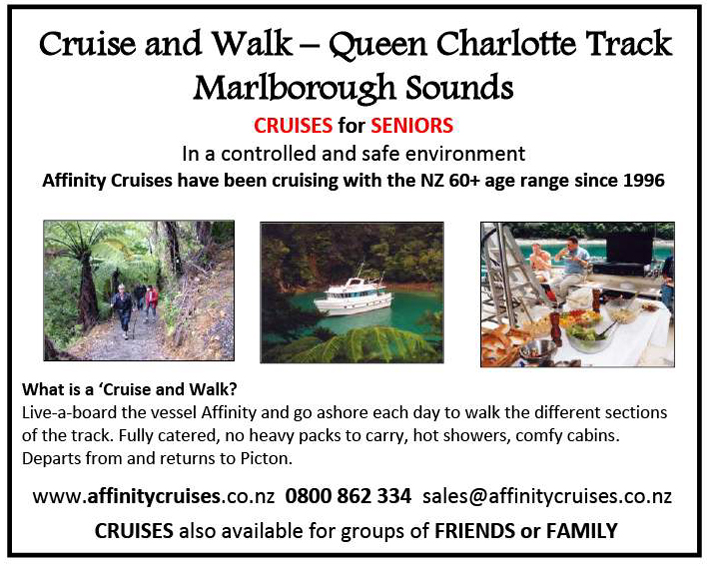
If you seek big country, new wilderness frontiers and untamed trails this is for you.
By Edward Cochrane
Doing a guided trip is not always top of your mind when thinking about a holiday in your own country. But most people won’t bat an eye to spend a day or more when on an overseas trip to have a tour guide. And why would you?
It’s a unique and often once-in-a-lifetime opportunity to see amazing sights and gain a greater understanding of an area, its people, culture and history. It can intensify the enjoyment and memories of your holiday.
Why should it be different in New Zealand, especially when it comes to outdoor activities? No matter how experienced an outdoors person you are – at tramping or climbing – a guide can help you achieve more in a day than you would otherwise be able to do on your own. For less experienced people, a guide can provide a safe and more comfortable experience – and that’s important if you want to explore an unfamiliar environment or attempt something entirely new.
Paparoa Guided Walks aims to either introduce people to multi-day hikes, or improve their skill level and confidence, in a safe and responsible manner. Paparoa Guided Walks puts Kaitiakitanga (guardianship and protection) of our natural environment at the forefront of business operations.
We believe there is a deep kinship between humans and the natural world, and being able to educate clients on the fundamental principles of Kaitiakitanga while in a remote wilderness setting will have positive effects on the way in which clients see their current relationship with Papatūānuku (mother earth) both now and into the future.
Enrichment of our guests’ lives comes from the services we provide – from the form, rhythm, and renewing qualities of the beautiful and wild places in which we work. Simply being out in nature awakens a part of us that’s gone dormant from living around artificial lights, the noise of civilization, the demands of daily life, and a lack of wide open spaces. Our commitment is to run unforgettable hiking trips, and those are important words to us.
Our goal is that the experience that Paparoa Guided Walks creates will stick with clients for years to come, and every time you think back on it you feel a sense of fulfilment, inspiration, and accomplishment. And even more importantly, we hope the trip sparks a desire to keep getting out into nature, whether it is on more of our trips or on their own.
Going guided means you can experience the beauty of New Zealand’s landscapes with the support of our experienced guides. The comfort of backcountry huts and the luxury of having the details organised for you.
Our trip includes complimentary use of high quality gear, decreased pack weight, daily breakfasts, fresh lunches and dinner prepared for you each evening. Experienced guides will provide information about native flora and fauna and give a sense of security in what often can be quite variable weather conditions.
The Paparoa Range is a mountain range in the West Coast region of New Zealand’s/Aotearoa’s South Island of outstanding natural beauty. It is located along the coast between the Buller and Grey Rivers, with the Inangahua River to the east. Paparoa National Park was established in 1987 and encompasses some 430 km2
More than half the park is best described as mountainous, from the eastern edge of the syncline to the crest of the main range. On their eastern side, an assortment of hanging valleys, truncated spurs, towering bluffs and cirques overlook deep glaciated valleys running north and south.
Paparoa National Park is the overlapping point between subtropical and cool climate trees. Nikau palms, northern rata and cabbage trees give the lowland rainforest a lush, Pacific feeling. Further up, silver beech forest merges with sub alpine shrubs.
A rich diversity of alpine plants can be found along the tops of these mountainous ranges also, including tussocks and vegetable sheep, a type of cushion plant with an unusual shape to help to store water.
Higher still, daisies and gentians provide colour among the alpine tussocks. Some plants are unique to the area, suggesting that it was a botanic refuge during the ice ages
Native bird habitats within the park range from on or near the coastline to the peak of the Paparoa Ranges. Several common species such as tui, bellbird, kaka, kererū and kakariki migrate from winter habitat in the lower forests to summer habitat in the upland forests.
Rarer species in the national park include the roroa/great spotted kiwi, the largest of the kiwi species. It commonly lives in the northern South Island and can often be heard calling around the three huts on the Paparoa Track.
Another rare bird sometimes found in the park in the whio/blue duck.
Paparoa National park is also home to powelliphanta, a species of native carnivorous snail.
The Paparoa Track is a living monument to the 29 men who tragically lost their lives in The Pike River Mine on the 19th of November, 2010.
The families vision was to create The Paparoa Track as a thank you to the people of the West Coast, wider New Zealand and the world for the incredible and generous support they received during this time.
If you seek big country, new wilderness frontiers and untamed trails going guided with Paparoa Guided Walks is the adventure for you.
Website: www.paparoaguidedwalks.com
























